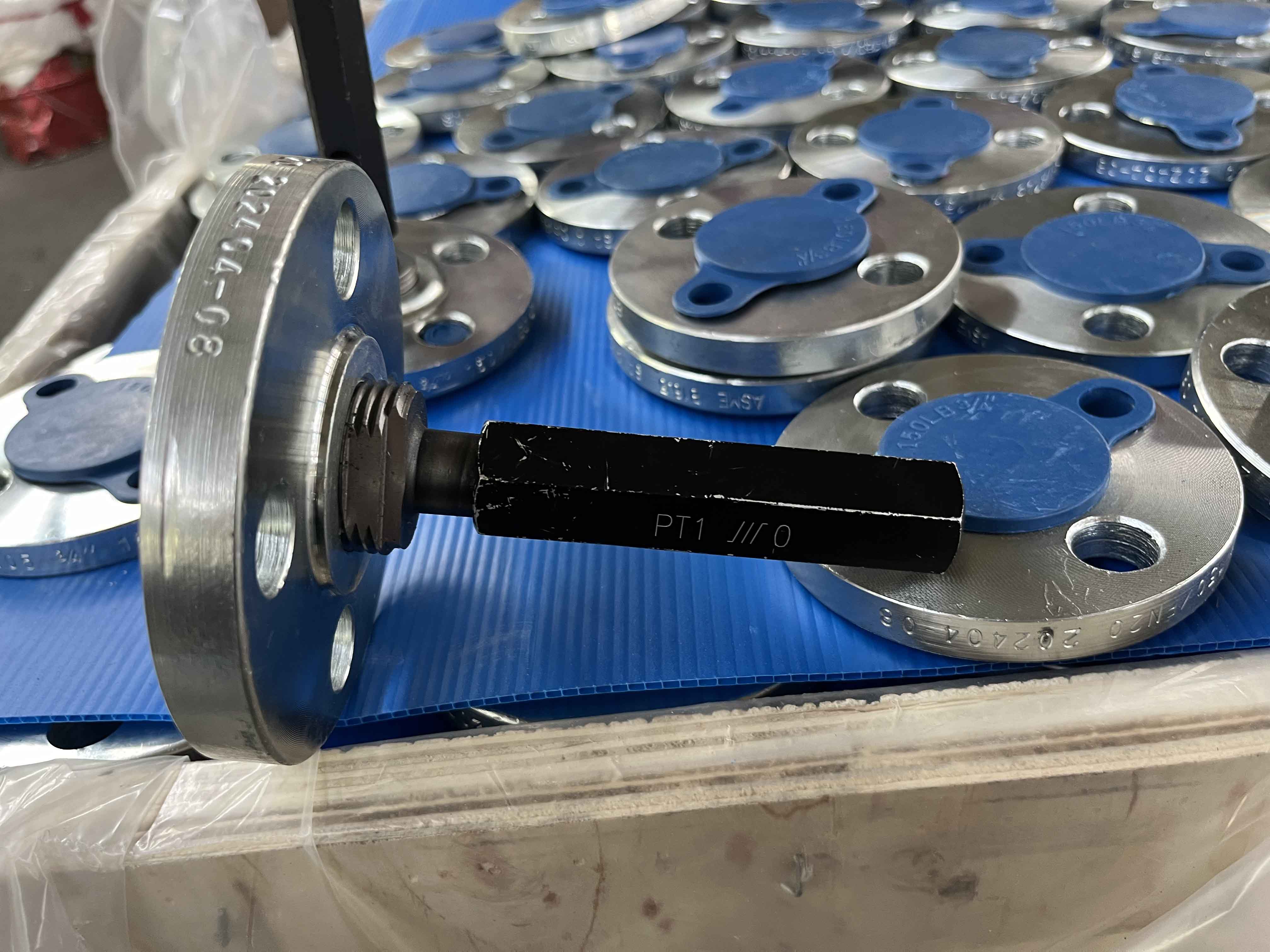Current location:
flanged fitting
Date:2025-08-16 06:30:03 Read(143)

Understanding ANSI B16.1 Class 250 Flanges Flanges play a critical role in piping systems, providing robust connection points for pipes, valves, pumps, and other equipment. Among the various flange standards, ANSI B16.1 defines the scope and characteristics of cast iron flanges for use in various industrial applications. Specifically, Class 250 flanges are notable for their high-pressure ratings, making them crucial for demanding environments. The ANSI B16.1 Standard ANSI B16.1 is a standard set by the American National Standards Institute (ANSI) that outlines the requirements for cast iron flanges, including their design, manufacturing, testing, and marking. This standard is particularly focused on flanges that can be used in pressure piping systems. The grade of cast iron used, along with the allowable working pressures and temperatures, is delineated in this standard to ensure safety and reliability. Class 250 Flanges Class 250 flanges fall within a specific pressure-temperature rating, making them appropriate for medium to high-pressure applications. The “Class 250” designation indicates that these flanges can handle pressures up to 250 psi at ambient temperatures. As the temperature increases, the pressure rating of the flanges decreases. Thus, proper consideration must be given to operational temperature when selecting Class 250 flanges for a piping system. The material properties of Class 250 flanges include ductility, strength, and resistance to corrosion, characteristics inherent in the cast iron used. This makes them suitable for a variety of applications including water distribution, chemical processing, and other industrial uses. When selecting flanges, it’s vital to ensure compatibility with the connected piping material to prevent leaks and maintain system integrity. Dimensions and Specifications ansi b16 1 class 250 flanges Flanges manufactured under the ANSI B16.1 standard come in various sizes, shapes, and types, including raised face, flat face, and others. The dimensions for Class 250 flanges are standardized, which facilitates compatibility across different manufacturers. Typically, these flanges are available in sizes ranging from 1 inch to 24 inches in diameter and are designed to be bolted together with the complementary pipe flanges, creating a secure and leak-proof connection. The thickness of Class 250 flanges is carefully calibrated to withstand specified pressures while ensuring ease of installation. Gasket choices between flanges are also critical; the right gasket material ensures a tight seal and prevents material corrosion while handling different substances. Installation and Maintenance Installation of ANSI B16.1 Class 250 flanges requires adherence to certain practices to ensure the longevity and safety of the piping system. Proper alignment and torque specifications must be followed when bolting the flanges together. This is critical in preventing leaks and ensuring uniform stress distribution across the flange. It is recommended to use a torque wrench and follow a specific bolting sequence when tightening the bolts. Maintenance of Class 250 flanges primarily involves regular inspections for signs of wear, corrosion, or gasket degradation. This preventative approach helps in identifying potential issues before they lead to leaks or system failures. Additionally, the operation conditions should be continuously monitored to ensure that the pressure and temperature remain within the allowable limits specified in the ANSI B16.1 standards. Conclusion In conclusion, ANSI B16.1 Class 250 flanges are an essential component in many industrial piping systems. They provide secure connections under moderate to high pressure, constructed from durable cast iron, and adhering to stringent quality standards. Understanding their specifications, proper installation requirements, and maintenance practices is crucial for anyone involved in system design or maintenance. By ensuring the correct selection and upkeep of these components, organizations can enhance the reliability and efficiency of their operations, ultimately leading to safer and more efficient industrial processes.
Share:
Previous: b444 uns n06625
Next: Durable 3 8% Inch Galvanized Pipe for Reliable Plumbing and Construction Solutions
Kind tips:The above content and pictures are compiled from the Internet and are for reference only. I hope they will be helpful to you! If there is any infringement, please contact us to delete it!
You may also like
- Cast steel cover
- Exploring the Characteristics and Applications of 1% 208% 45 Degree Elbow Designs in Engineering
- flange blind plate
- different types of pipe welding
- CNC vacuum holding table
- Codo de acero inoxidable de 4 pulgadas y 90 grados
- Exploring the Properties and Applications of 5% Metal Pipe in Various Industries
- Efficient Solutions for Industrial Applications with Ebara Vertical Pump Technology and Design
- API 5L Pipe Specification – Comprehensive Guide to Standards and Applications